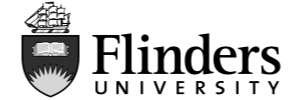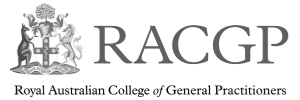Musculoskeletal Injuries
Musculoskeletal conditions cause Bone and Muscle Pain. Our doctors see many musculoskeletal conditions. These include:
- Age or degenerative related bone issues
- Trauma-related bone issues
There are other triggers for discomfort or pain related to your joints, muscles, and limbs for many answers and information we recommend visiting our practice.
Common Musculoskeletal Conditions
It is estimated that 30% of the Australian population suffer from some form of pain related to musculoskeletal conditions.
The most common causes of musculoskeletal pain are either
- Arthritis
- Osteoporosis
- Back Pain
Back Pain
Back pain begins to impact the patients from the 15-20-year-olds with the incidence increasing with age. Back pain affects over 15% of the population.
Causes of Back Pain
Back pain and back problems can be attributed to numerous factors including
- age-related degeneration
- muscle strain
- displacement of an intervertebral disc
- other underlying illness or injury
Back Pain Risk Factors
Risk factors include issues with posture and injuries, as well as other diseases such as
- osteoarthritis,
- disc disease,
- osteoporosis, and
- some genetic conditions.
Other factors that may increase the risk of developing back problems include age, physical fitness, smoking, overweight or obesity, and the type of work a person does.
Back Pain Treatments
Treatment of back pain will vary according to the diagnosed cause and can involve various service providers. Common treatments for back pain management can include:
- medication use,
- Direct therapies like PRP Injections,
- rehabilitation
- allied health services, and
- spinal surgery.
Platelet-Rich Plasma (PRP) Injections
What are Platelet-Rich Plasma Injections?
PRP injections are a new medical technology used in the treatment of musculoskeletal injuries.
Platelet-rich plasma (PRP) is blood plasma that has been enriched with platelets. As a concentrated source of autologous platelets. PRP contains several different growth factors and other cytokines that can stimulate healing of bone and soft tissue.
Benefits of Platelet-Rich Plasma (PRP)
Platelet-Rich Plasma (PRP) injections can help;
- alleviate painful symptoms associated with conditions like arthritis and fractures
- promote healing of tendons, and
- delay joint replacement surgeries.
Indications for Platelet-Rich Plasma Use
Platelet-Rich Plasma (PRP) is a relatively new method of treatment for several orthopaedic conditions such as
- muscle, ligament, and tendon injuries;
- arthritis; and
- fractures.
How Does Platelet-Rich Plasma (PRP) Help
Our blood consists of a liquid component known as plasma. It also consists of three main solid components which are:
- the red blood cells (RBCs),
- white blood cells (WBCs), and
- platelets.
Platelets play an important role in forming blood clots. They consist of special proteins, known as growth factors, which help our body’s healing process.
Platelet-rich plasma is a high concentration of platelets and plasma.
A normal blood specimen contains only 6% platelets, while PRP contains 94% of platelets and 5 to 10 times the concentration of growth factors found in normal blood, thus greater healing properties.
Platelet-Rich Plasma (PRP) Procedure
Your doctor will follow the process outlined:
- Draw about 10cc of blood from your arm.
- Your blood is then spun in a centrifuge machine for about 10 to 15 minutes to separate the platelets from the remaining blood components.
- Your affected body region is then anesthetized with a local anaesthetic.
- The platelet-rich portion of your blood is then injected into your affected area.

Welcome from all the team of Richmond Health Clinic. We’d love to be your family doctor.
Contact
Practice Hours
- Mon - Fri
- -
- Sat - Sun
- Closed






